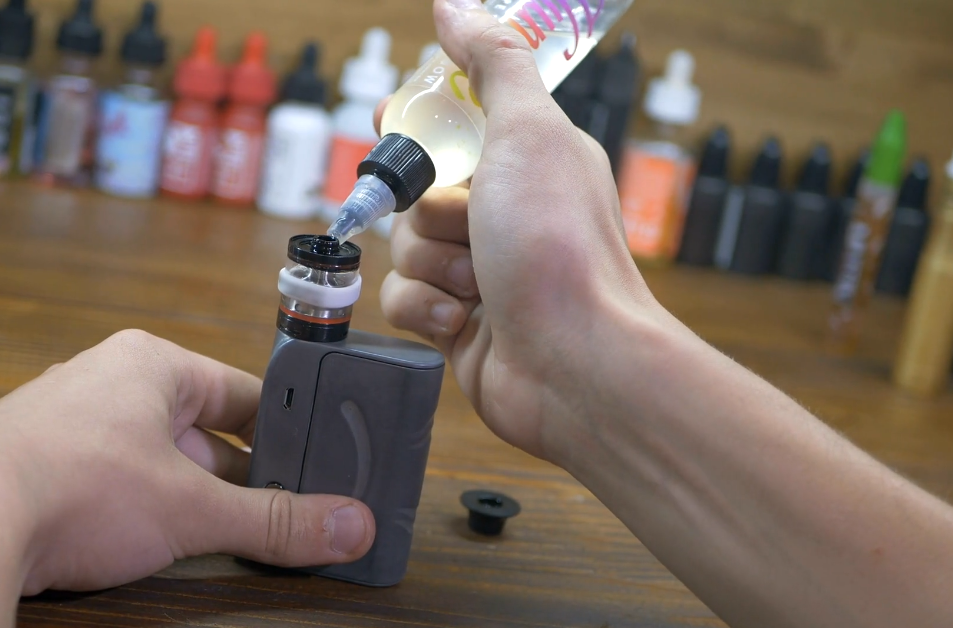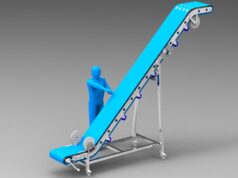
Vaporizers have become increasingly popular as a way to enjoy various substances without burning them. Unlike traditional smoking methods, vaporizers heat substances just enough to release their active ingredients in the form of a mist.
This method is perceived as a cleaner and potentially less harmful alternative. But what exactly happens inside a vaporizer? This post will explore the intricate mechanics of vaporizers, making the science behind them accessible and easy to understand.
The Basic Components of a Vaporizer
A vaporizer consists of several key components: a battery, a heating element, a chamber for holding the substance (usually liquid or dry herb), and a mouthpiece. The battery powers the heating element, which then heats the substance in the chamber, turning it into vapor. The user then inhales this vapor through the mouthpiece.
Each component plays a crucial role in the overall functionality of the vaporizer, contributing to its efficiency and the quality of the vapor produced. If you’re looking for a reliable source of vaporizers, my favorite store MagicVaporizers.co.uk.
Heating Up: The Role of the Heating Element
The heating element is the heart of a vaporizer. It’s responsible for heating the substance to the point of vaporization without burning it. This is usually achieved through conduction or convection. In conduction vaporizers, the substance comes into direct contact with the heating element.
In convection vaporizers, hot air is passed over the substance to heat it evenly. The method of heating affects the quality of the vapor, with convection generally providing a smoother experience.
Turning Liquid into Vapor: The E-liquid Chamber
The chamber, particularly in e-liquid vaporizers, is where the liquid substance, often containing nicotine or other flavorings, is stored. When the heating element warms up, it heats the liquid in the chamber, turning it into vapor.
This process relies on the properties of the liquid, including its boiling point and viscosity, to ensure efficient vaporization. The design of the chamber can affect how evenly the liquid is heated and, consequently, the quality of the vapor.
Powering It Up: The Battery in a Vaporizer
Batteries are crucial in vaporizers, providing the power needed to heat the substance. Most vaporizers use lithium-ion batteries due to their high energy density and rechargeability.
The battery’s capacity and output determine how long the vaporizer can operate before needing a recharge and how effectively it can heat the substance. Some vaporizers come with variable voltage settings, allowing users to control the temperature and intensity of the vapor.
Inhaling the Vapor: The Mouthpiece and Airflow
The mouthpiece is where the user inhales the vapor. Its design can greatly affect the vaping experience. A good mouthpiece should be comfortable to use and designed to cool the vapor slightly before it’s inhaled.
Airflow is also crucial in a vaporizer. Adjustable airflow systems allow users to control the amount of air mixing with the vapor, altering the vapor’s thickness and intensity.
Activating the Vaporizer: How the Button Works
Most vaporizers come equipped with a button that activates the heating element. Pressing this button closes an electrical circuit, allowing electricity to flow seamlessly from the battery to the heating element. This action is crucial for starting the vaporization process. Some advanced vaporizers have automatic sensors that detect inhalation, triggering the heating of the substance.
Others feature adjustable settings, empowering users to control the heating temperature for a customized experience. This button mechanism isn’t just about functionality; it’s essential for controlling the vaporizing process and ensuring user safety. It prevents accidental activation, making the vaporizer user-friendly and safe, even for beginners.
Understanding Vaporization: Liquid to Gas Conversion
Vaporization, a core principle in the functionality of vaporizers, involves the transition of a liquid to a gas. This process occurs in a vaporizer when the heating element warfully elevates the temperature of the liquid in the chamber to its boiling point. Consequently, this heat transforms the liquid into vapor. Distinguishing itself from smoking, which relies on combustion, vaporization is a cleaner process.
It eliminates the production of harmful byproducts such as tar and carbon monoxide, common in traditional smoking. This clean conversion underscores the appeal of vaporizers, offering a potentially less harmful alternative to smoking by avoiding the release of toxic substances and preserving the purity of the inhaled substance.
Safety First: Overheating and Short Circuits
In the design and operation of vaporizers, safety takes a forefront position. Two significant hazards in vaporizer use are overheating and short circuits. Overheating is not just a minor inconvenience; it can lead to a range of issues from unpleasant tastes and reduced vapor quality to, in severe cases, damage to the device or physical injury to the user.
On the other hand, short circuits, often a result of improper use or maintenance, pose a substantial danger.
To combat these risks, most modern vaporizers come equipped with built-in safety features. These include automatic shut-offs to prevent overheating and short-circuit protection mechanisms. These features are crucial for safe operation, ensuring that the device functions within safe temperature ranges and electrical parameters, thus safeguarding the user’s well-being.
Maintenance Tips for Your Vaporizer
Proper maintenance is key to ensuring your vaporizer works efficiently and lasts longer. Regularly cleaning the chamber, mouthpiece, and any other removable parts is important. Keep the battery charged and store your vaporizer in a cool, dry place. Avoid overfilling the chamber and regularly check for any signs of wear or damage. Proper maintenance not only extends the life of your vaporizer but also ensures a better vaping experience.
Different Types of Vaporizers
Vaporizers come in various types, each designed for specific substances and preferences. E-liquid vaporizers are popular for nicotine delivery, while dry herb vaporizers are used for cannabis and other herbs. Wax and oil vaporizers cater to those who prefer concentrates. Each type of vaporizer is designed to optimize the vaporization of its specific substance, with differences in heating methods, chamber design, and temperature control.
Conclusion: Enjoying the Mist – Summing It Up
Vaporizers offer a modern way to enjoy various substances through vaporization. Understanding how they work enhances not only the enjoyment but also the safety of the experience. From the heating element’s role to the importance of maintenance, each aspect of a vaporizer plays a part in delivering quality vapor. Whether you’re new to vaping or an experienced user, appreciating the mechanics behind the mist can lead to a more satisfying experience.
















